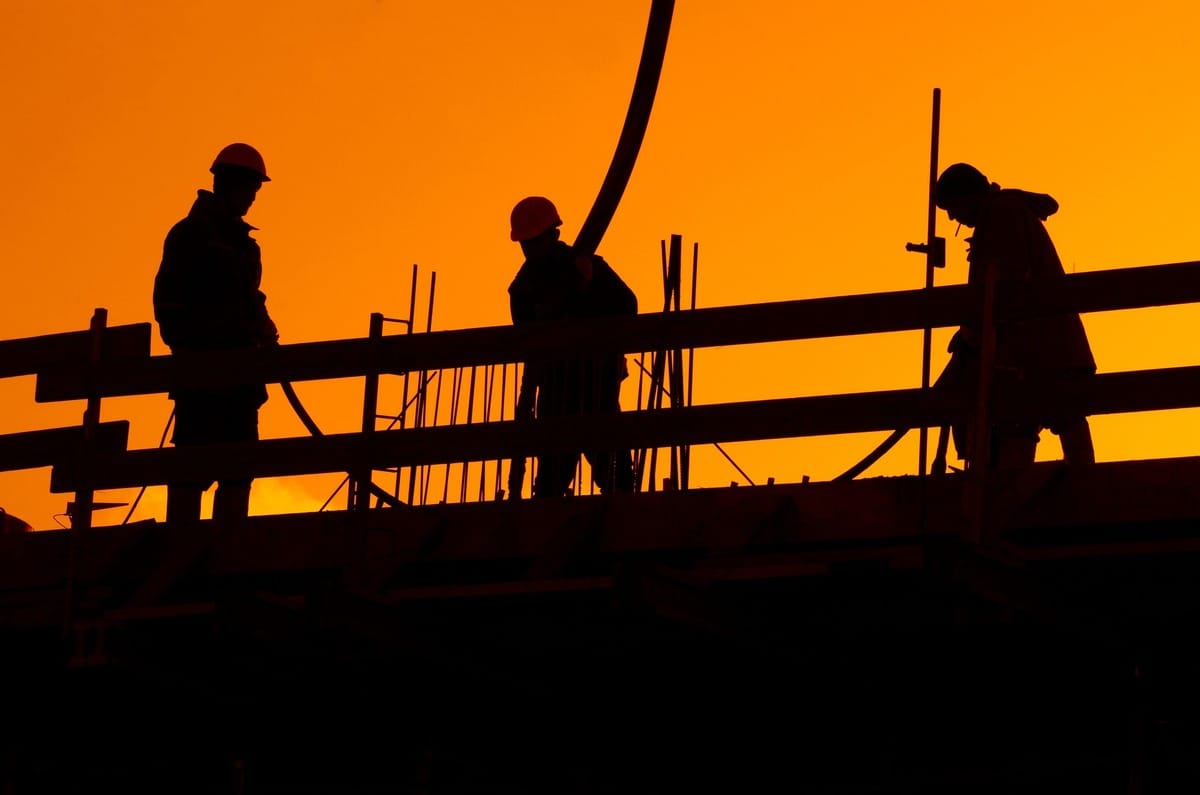- Full Brim Safety
- Posts
- Excavation and Trenching Safety: Understanding the Hidden Dangers
Excavation and Trenching Safety: Understanding the Hidden Dangers
Full Brim Safety: Build Smart, Build Safe

Excavation and Trenching Safety: Understanding the Hidden Dangers
Welcome back, let's Build Smart & Build Safe! This week, we're digging deep into a critical and often deadly area of construction: Excavation and Trenching Safety. While digging seems straightforward, the ground beneath our feet can hold immense, hidden dangers that demand our utmost respect and adherence to strict safety protocols.
Why are Excavations So Risky? The Primary Danger: Cave-Ins
Excavations and trenches are among the most hazardous operations in construction. The primary and most feared risk is a cave-in. A single cubic yard of soil can weigh as much as a small car (around 3,000 lbs!), and when it collapses, it can bury or crush a worker in seconds, offering little to no chance of escape.
Cave-ins are sudden, powerful, and often fatal. They are the leading cause of fatalities in trenching and excavation work.
Beyond Cave-Ins: Other Common Hazards
While cave-ins are terrifying, other significant dangers lurk in and around excavations:
Striking Underground Utilities: Hitting gas lines (explosions), electrical lines (electrocution), water lines (flooding, instability), or communication lines. Always assume utilities are present!
Falling Loads or Objects: Materials, tools, or even excavated spoil piles can fall into the trench, striking workers below.
Hazardous Atmospheres: Trenches can trap dangerous gases (e.g., methane, hydrogen sulfide from decomposing matter), or oxygen can be displaced, leading to suffocation or poisoning.
Falls Into the Excavation: Workers or equipment falling into unguarded excavations from the surface.
Water Accumulation: Water can quickly destabilize trench walls and create drowning hazards.
Excavation vs. Trench: What's the Difference?
While often used interchangeably, there's a technical distinction:
An Excavation is any man-made cut, cavity, trench, or depression in the earth's surface formed by earth removal.
A Trench is a narrow excavation (in relation to its length) where the depth is greater than the width, but the width is not greater than 15 feet.
The Competent Person: Your Excavation Safety Guardian
For any excavation, a Competent Person is absolutely essential. This individual is designated by the employer and has the knowledge and authority to:
Identify existing and predictable hazards in the excavation.
Identify hazardous or dangerous working conditions.
Take prompt corrective measures to eliminate them.
They are your first line of defense in keeping excavation sites safe.
Understanding these profound dangers is the critical first step. Tomorrow, we'll learn how to identify different soil types and choose the right protective systems to prevent cave-ins.
Don't forget to sign your friends up for Full Brim Safety for your daily dose of construction safety tips!
-The Safety Man
